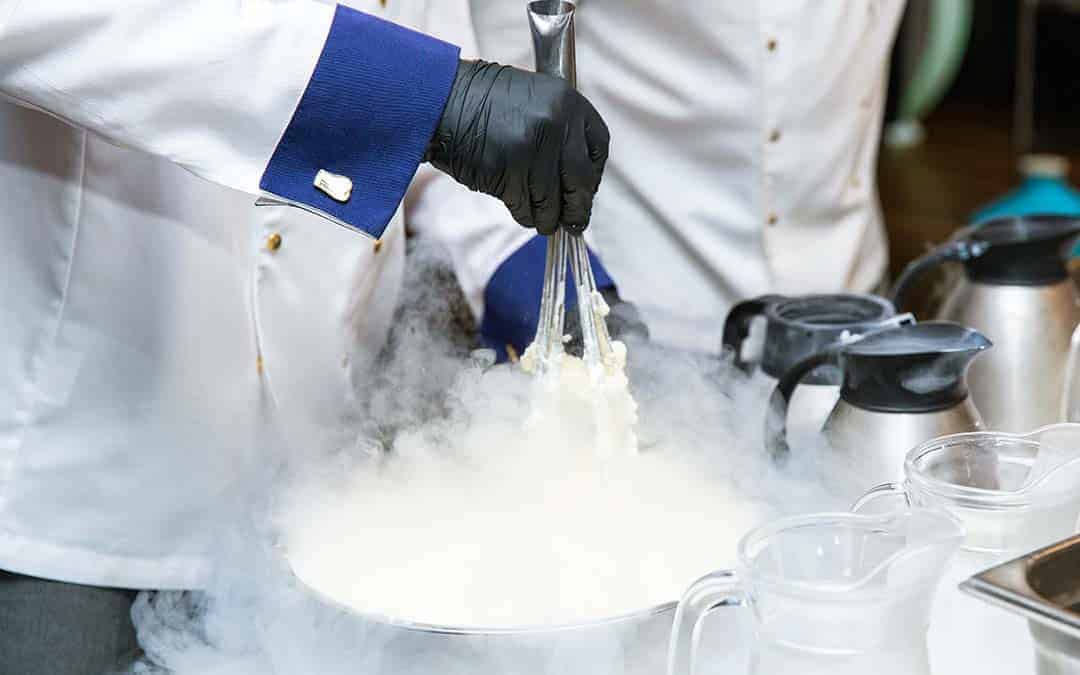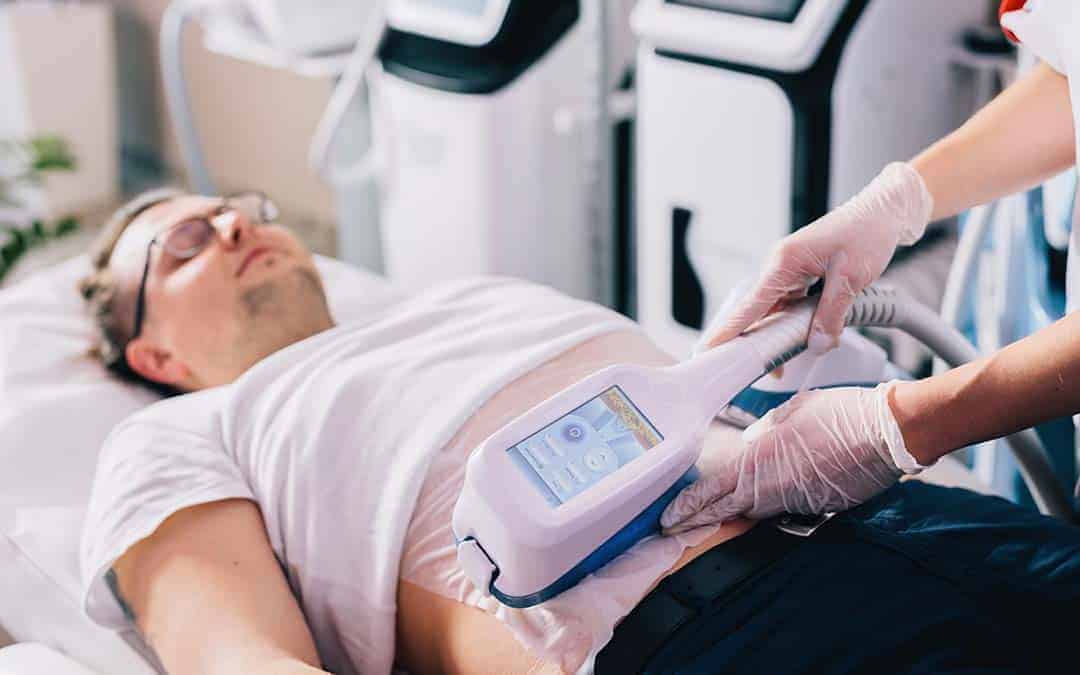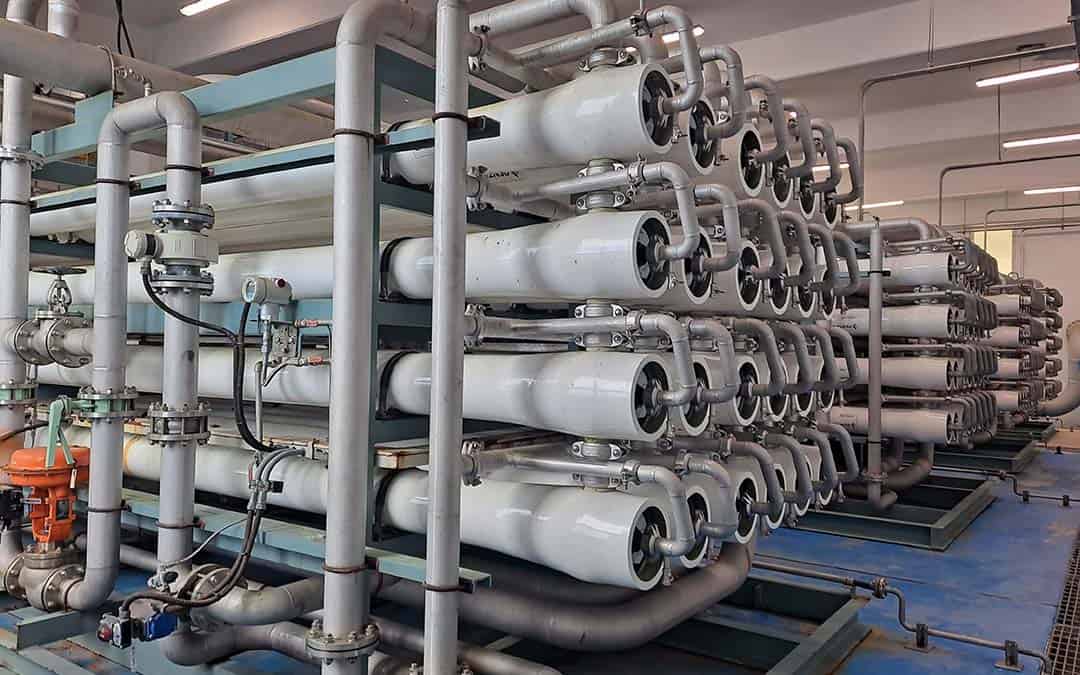Due to its versatility as a gas, nitrogen is used across a variety of industries, including the food and beverage, pharmaceutical, and industrial industries. The effectiveness of nitrogen gas in these applications often hinges on its purity level. But, what does “purity level” actually mean in a gas, and how does this affect the way it’s used? In simplest terms, purity grades denote the degree of nitrogen gas refinement. Each grade must meet a specific quality standard. In this blog, we will explore the different grades, or purity levels of nitrogen gas, as well as their significance across industries.
How is Purity Classified?
In a blog post by NiGen, the company boils down the grading of nitrogen gas in a way that’s accessible and easy to understand: “Nitrogen gas purity refers to the proportion of a nitrogen gas that is present in a sample taken from its stream when compared to impurities present. Nitrogen gas can be categorized as high purity or low purity depending on the ratio of pure gas to the contaminants like oxygen, water vapor, carbon monoxide, and carbon dioxide.”
In other words, gasses with higher purity contain higher levels of nitrogen, while gasses with lower purity may be diluted with other elements. The NiGen article goes on to explain that for a gas to be considered high purity, it must contain at least 99.998% nitrogen.
Now that we have that understanding under our belt, let’s find out how different industries utilize this grading system.

The Food and Beverage Industry
Food-grade nitrogen, meeting stringent purity standards of 99.5% and above, is a necessary component to the packaging and preservation of the foods we pass by in the grocery store every day. From extending the shelf life of perishable goods to enhancing product freshness during packaging, FG nitrogen plays a crucial role. Its inert properties ensure the preservation of food flavor, texture, and nutritional value, making it indispensable in applications like modified-atmosphere packaging and beverage dispensing systems. It also eliminates food oxidants and prevents rancidity.
The Medical Industry

In medical applications, nitrogen purity is paramount to ensure patient safety and efficacy. Medical-grade nitrogen, meeting purity levels exceeding 99.5%, is utilized in medical procedures such as cryopreservation, cryotherapy, and respiratory therapies. With stringent quality controls in place, MG nitrogen guarantees minimal impurities, making it safe for use in medical environments where purity is non-negotiable.
Industrial Industry
Industrial-grade nitrogen, typically ranging from 95% to 99.5% purity, serves as a cost-effective option for numerous industrial applications. Industries like food packaging, chemical manufacturing, and metal fabrication often utilize IG nitrogen for processes such as inerting, purging, and blanketing. In these applications, nitrogen displaces oxygen and moisture, preventing oxidation, combustion, and microbial growth, thereby preserving product quality and enhancing safety.
Conclusion
If your business is in need of a reliable supplier of high-purity nitrogen gasses for food-storage or medical applications, we may be able to help. Contact CalOx today to learn more about the diversity of services that we offer!
